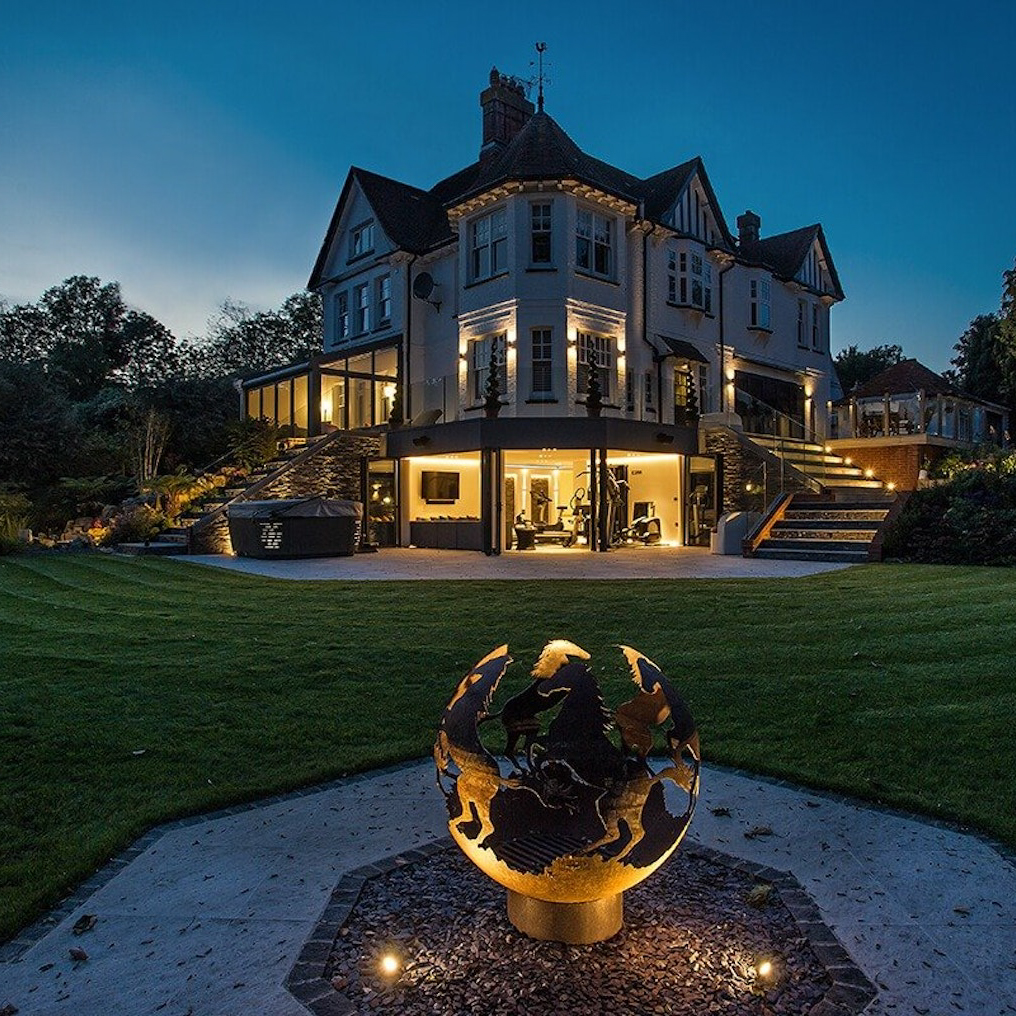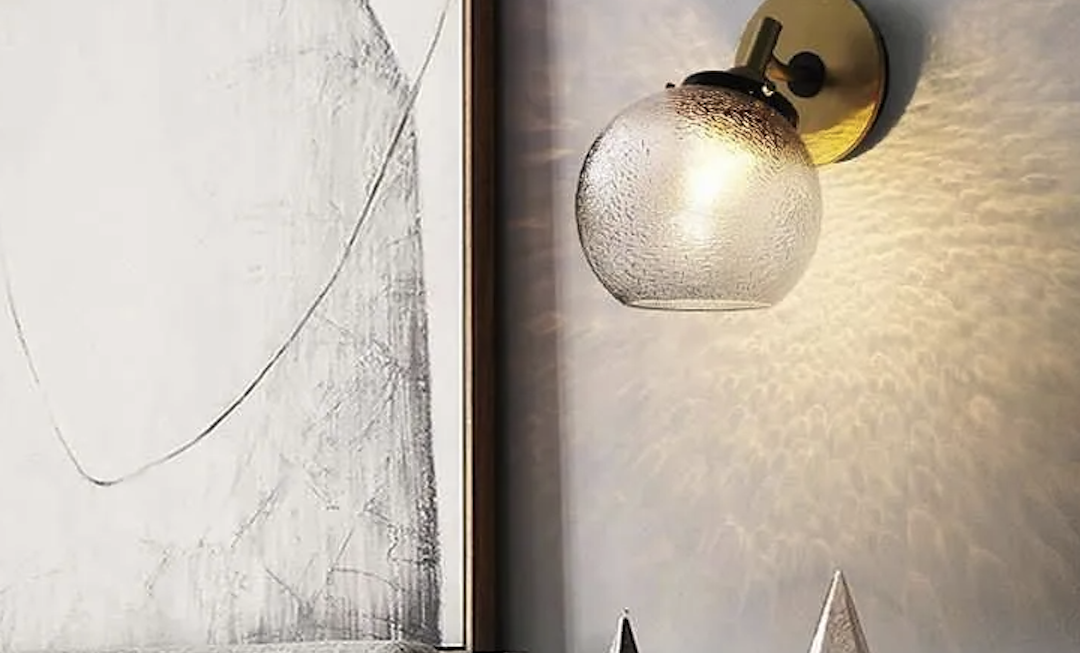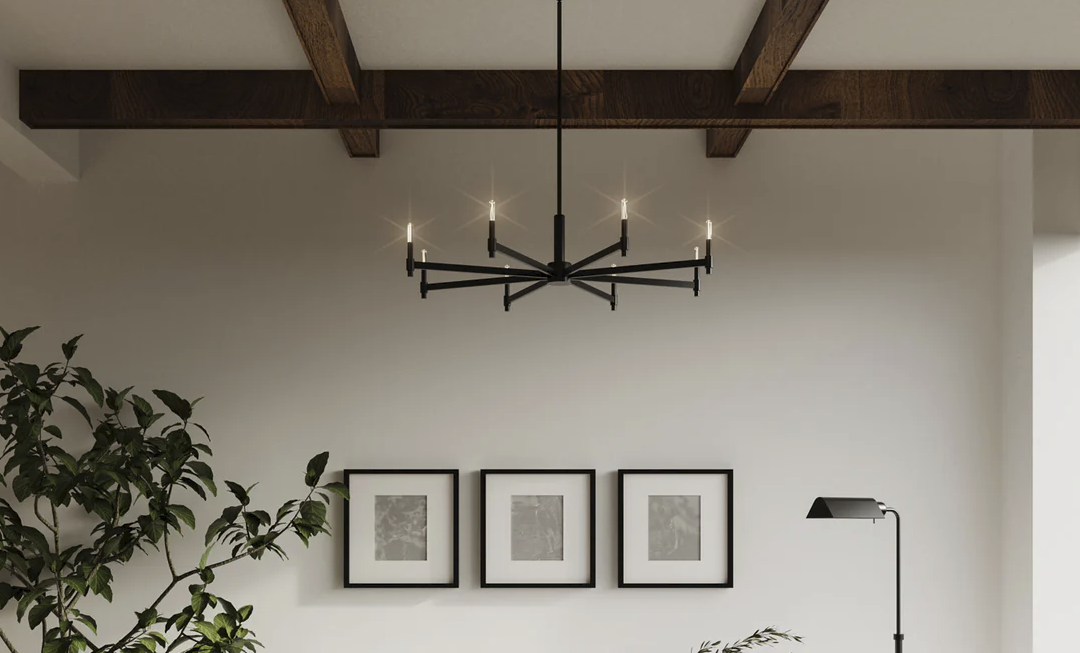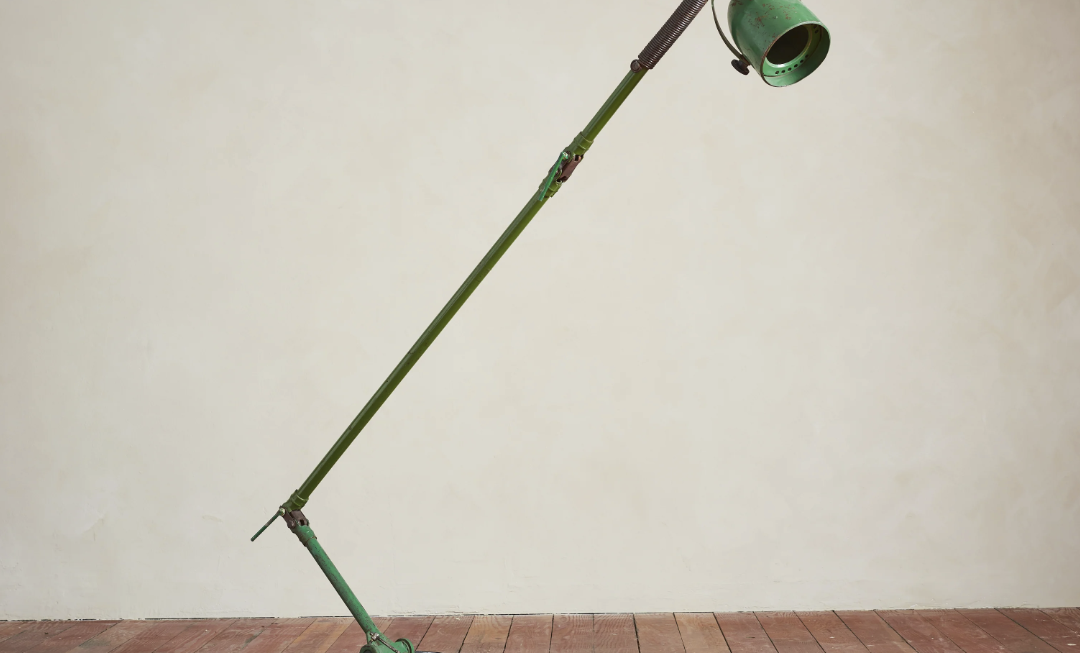Introduction
Midcentury modern design is a style that originated in the mid-20th century and is still popular today. It is characterized by clean lines, organic shapes, and a focus on functionality. One of the defining features of midcentury modern design is the use of iconic light fixtures that are both practical and decorative.
In this article, we will explore the history and evolution of midcentury modern light fixtures, as well as some of the most iconic examples of the era. We will also discuss their impact on contemporary design and the enduring popularity of midcentury modern style.
The Evolution of Midcentury Modern Light Fixtures
Midcentury modern design emerged in the aftermath of World War II when there was a need for affordable and functional furniture and lighting. The materials and manufacturing techniques developed for the war effort were repurposed for civilian products, leading to the mass production of midcentury modern furniture and lighting.
In the early days of the midcentury modern movement, light fixtures were designed to be unobtrusive and functional. They were often simple, with basic shapes and minimal ornamentation. Materials such as brass, aluminum, and glass were popular, and designers focused on creating forms that were both functional and aesthetically pleasing.
As the movement developed, designers became more experimental with their use of materials and forms. They began to incorporate new materials such as plastic and acrylic, which allowed for more complex and unconventional shapes. They also experimented with lighting effects, using diffusers and shades to create unique and interesting patterns of light.
Iconic Midcentury Modern Light Fixtures
There are many iconic midcentury modern light fixtures, each with its own unique design and history. Some of the most famous examples include:
The Arco Lamp
Designed by Achille and Pier Giacomo Castiglioni in 1962, the Arco Lamp is a sleek and sophisticated light fixture that has become a symbol of midcentury modern design. The lamp consists of a marble base, a curved metal stem, and a large adjustable shade. It was designed to provide flexible and versatile lighting for modern living spaces.
The Nelson Bubble Lamp
Designed by George Nelson in 1947, the Nelson Bubble Lamp is a playful and whimsical light fixture that features a series of translucent spheres made from plastic or glass. The spheres are suspended from a metal frame and emit a warm and inviting glow. The Nelson Bubble Lamp was inspired by a Swedish hanging lamp that Nelson saw in a magazine, and it has become an enduring classic of midcentury modern design.
The PH Artichoke Lamp
Designed by Poul Henningsen in 1958, the PH Artichoke Lamp is a sculptural and dramatic light fixture that resembles a large artichoke. The lamp is made from 72 metal leaves, each of which is positioned to create a unique and striking pattern of light. The PH Artichoke Lamp is a testament to the ingenuity and creativity of midcentury modern design.
The Impact of Midcentury Modern Light Fixtures on Contemporary Design
The enduring popularity of midcentury modern design has had a profound impact on contemporary lighting design. Many of the principles and techniques of midcentury modern lighting have been incorporated into contemporary lighting designs, resulting in a range of modern fixtures that are both functional and aesthetically pleasing.
Contemporary lighting designers continue to experiment with materials and forms, creating new and innovative fixtures that push the boundaries of design. Yet despite these innovations, the enduring appeal of midcentury modern lighting remains strong, demonstrating the lasting impact of this influential movement.




